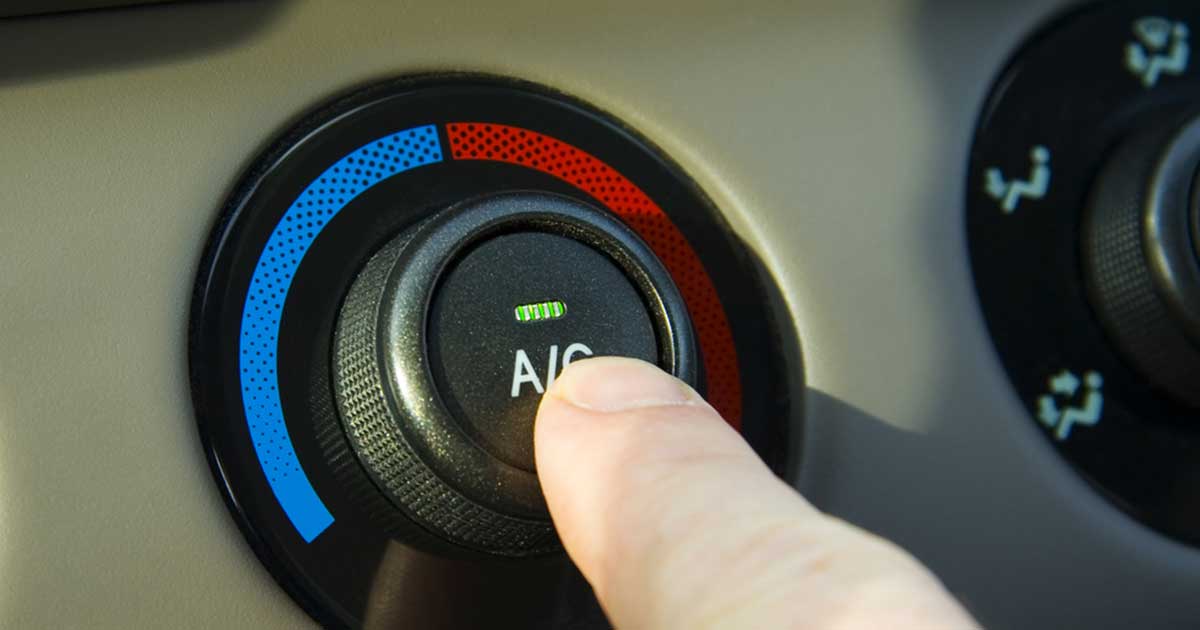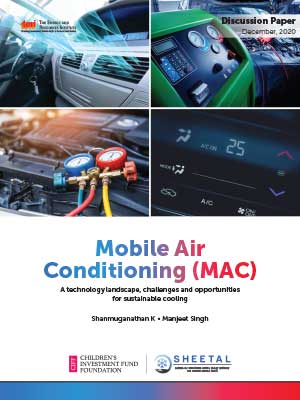Mobile Air Conditioning (MAC): A technology landscape, challenges and opportunities for sustainable cooling
Cooling with its wide range of applications viz residence, commercial, transport and cold chain leaves a significant carbon footprint due to its colossal energy consumption and refrigerant practices.

Within the transport segment, the controlled climate conditions and comfort levels are provided by the Mobile Air Conditioning (MAC) system, which is commonly known as car AC or vehicle AC system. The paper as part of the SHEETAL: Alliance for Sustainable Habitat, Energy Efficiency and Thermal Comfort for All project summarises the landscape of MAC system, with its genesis, principle of operations, nature to the Indian context, and technology status. The paper also explores key perspectives pertaining to MAC from the Indian Cooling Action Plan (ICAP), India’s strategic action plan on cooling over the next 20 years.
Highlights
- MAC system in cars typically consumes 10 – 20 percent of the fuel used. Compressor is the energy guzzler, consuming about 77-89 percent of the energy consumed in MAC system.
- R134A is the most commonly used refrigerant in India. About 0.4 – 1 kg of refrigerant is charged per car with respect to its capacity and type.
- Opportunities for sustainable cooling in transport: (i) improvement of system efficiency with innovative design and latest compressor; (ii) Reduction of refrigerant leakage with minimal bends and better piping system; (iii) Reduction of vehicle cooling load; (iv) Reduction of refrigerant leakage at service end.

